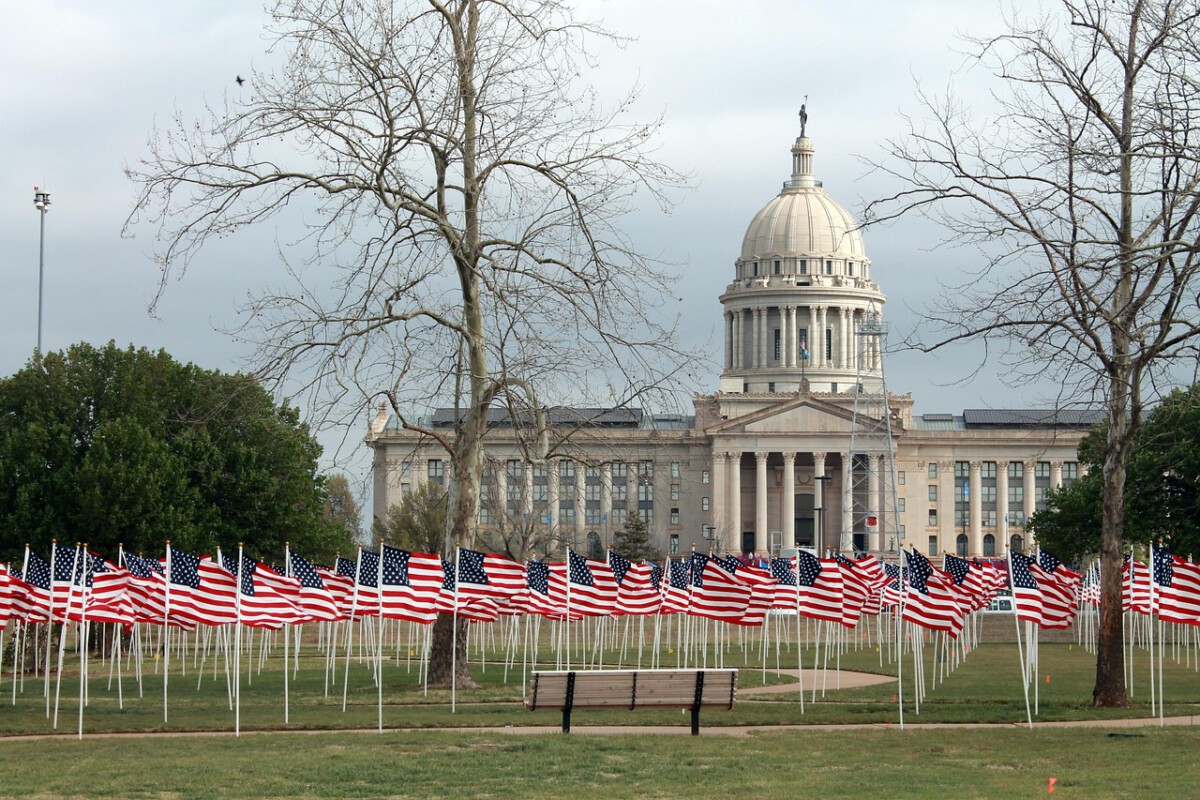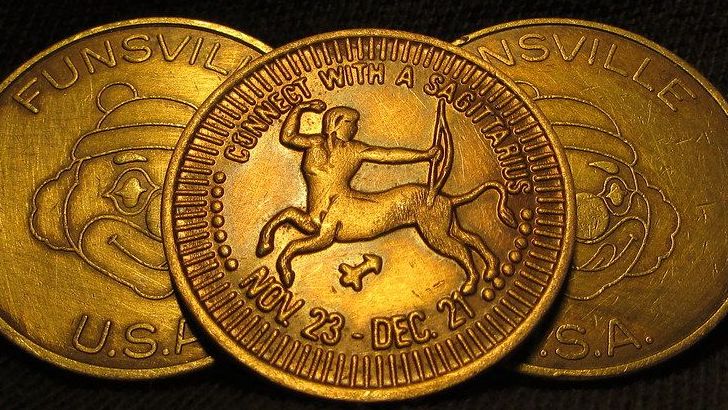Introduction to the Harlem Renaissance

The Harlem Renaissance stands as a beacon of cultural transformation in American history. During the 1920s and 1930s, Harlem, New York, became the heart of a vibrant cultural, social, and artistic movement. It was not just a celebration of African American culture; it marked a significant shift in identity and expression for Black Americans. Characterized by a surge in literature, music, visual arts, and intellectual pursuits, the Harlem Renaissance was a period where African Americans began to redefine their identity and challenge racial stereotypes. This movement was not confined to Harlem alone but influenced the entire country, leaving an indelible mark on American culture.
Historical Context

The roots of the Harlem Renaissance can be traced back to the Great Migration, a massive relocation of African Americans from the rural South to urban centers in the North. Seeking better economic opportunities and an escape from the oppressive racial climate of the South, over 1.5 million African Americans moved to cities like Chicago, Detroit, and New York. Harlem became the epicenter of this cultural awakening, attracting a diverse group of artists, writers, musicians, and intellectuals. These individuals were united by a common goal: to express the African American experience and challenge the prevailing racial norms of the time. This migration set the stage for the cultural explosion that would define the Harlem Renaissance.
Key Figures of the Harlem Renaissance

The Harlem Renaissance was fueled by the contributions of several key figures, each bringing their unique talents and perspectives to the movement.
– **Langston Hughes**: Often referred to as the voice of the Harlem Renaissance, Hughes’ poetry and writings celebrated Black culture and addressed pressing social issues. His work, “The Weary Blues,” remains a cornerstone of the movement.
– **Zora Neale Hurston**: An anthropologist and author, Hurston’s novel “Their Eyes Were Watching God” provided a profound exploration of African American women’s lives and experiences.
– **Duke Ellington**: A jazz composer and bandleader, Ellington’s music helped popularize jazz, elevating it to an art form that exemplified the sophistication and cultural significance of the era.
– **Louis Armstrong**: As a legendary jazz trumpeter, Armstrong’s innovative style and charismatic performances played a crucial role in establishing jazz as a prominent cultural expression.
The Role of Music in the Harlem Renaissance

Music was a cornerstone of the Harlem Renaissance, with jazz and blues taking center stage. Jazz clubs like the Cotton Club and the Apollo Theater became iconic venues where African American musicians could showcase their talents. The music of this era was characterized by improvisation, syncopation, and a blend of various musical influences, offering a new form of expression for African Americans.
– **Jazz**: Often seen as the soundtrack of the Harlem Renaissance, jazz reflected the African American experience, weaving together African rhythms with European musical traditions.
– **Blues**: The blues genre provided an outlet for expressing the struggles and emotions of African Americans, often addressing themes of love, hardship, and resilience.
Literature and the Harlem Renaissance

The literary contributions of the Harlem Renaissance were profound, offering new perspectives on the African American experience. Writers of this era produced a wealth of poetry, novels, essays, and plays that explored themes of identity, race, and social justice.
– **Poetry**: Poets like Claude McKay and Countee Cullen used their work to challenge racial discrimination and celebrate Black identity, creating a powerful literary legacy.
– **Prose**: Through novels and essays, authors such as Hurston and Hughes provided insights into the lives and struggles of African Americans, fostering a sense of pride and cultural awareness.
Visual Arts and the Harlem Renaissance

The visual arts flourished during the Harlem Renaissance, with artists using their work to reflect the beauty and struggles of African American life. Painters, sculptors, and photographers captured the essence of Black culture through their art.
– **Aaron Douglas**: Known as the “father of African American art,” Douglas’s work combined modernist techniques with African motifs, creating a unique visual language that defined the era.
– **Archibald Motley**: A painter celebrated for his vibrant depictions of urban life, Motley’s work captured the energy and dynamism of the Harlem community.
The Impact of the Harlem Renaissance

The Harlem Renaissance had a lasting impact on American culture and society, challenging prevailing stereotypes of African Americans and laying the groundwork for future civil rights movements.
– **Cultural Legacy**: The movement helped establish a sense of pride in African American culture, inspiring future generations to embrace their heritage and identity.
– **Civil Rights Movement**: The ideas and expressions of the Harlem Renaissance contributed to the intellectual foundation of the civil rights movement, advocating for equality and social justice.
The Harlem Renaissance was a remarkable period in American history, celebrating the richness of African American culture. Through literature, music, and visual arts, the movement fostered a strong sense of identity and pride among African Americans, influencing generations to come.





